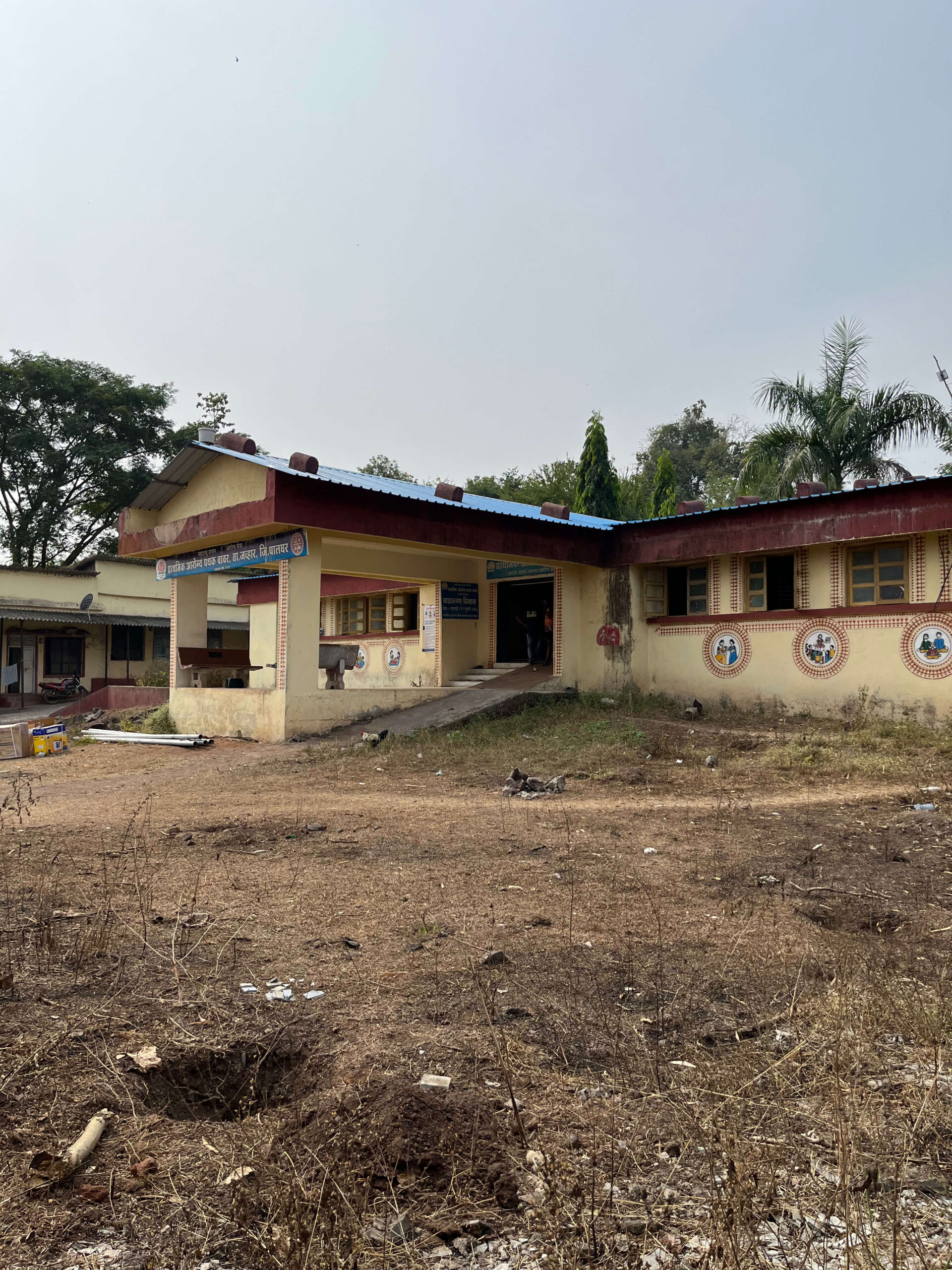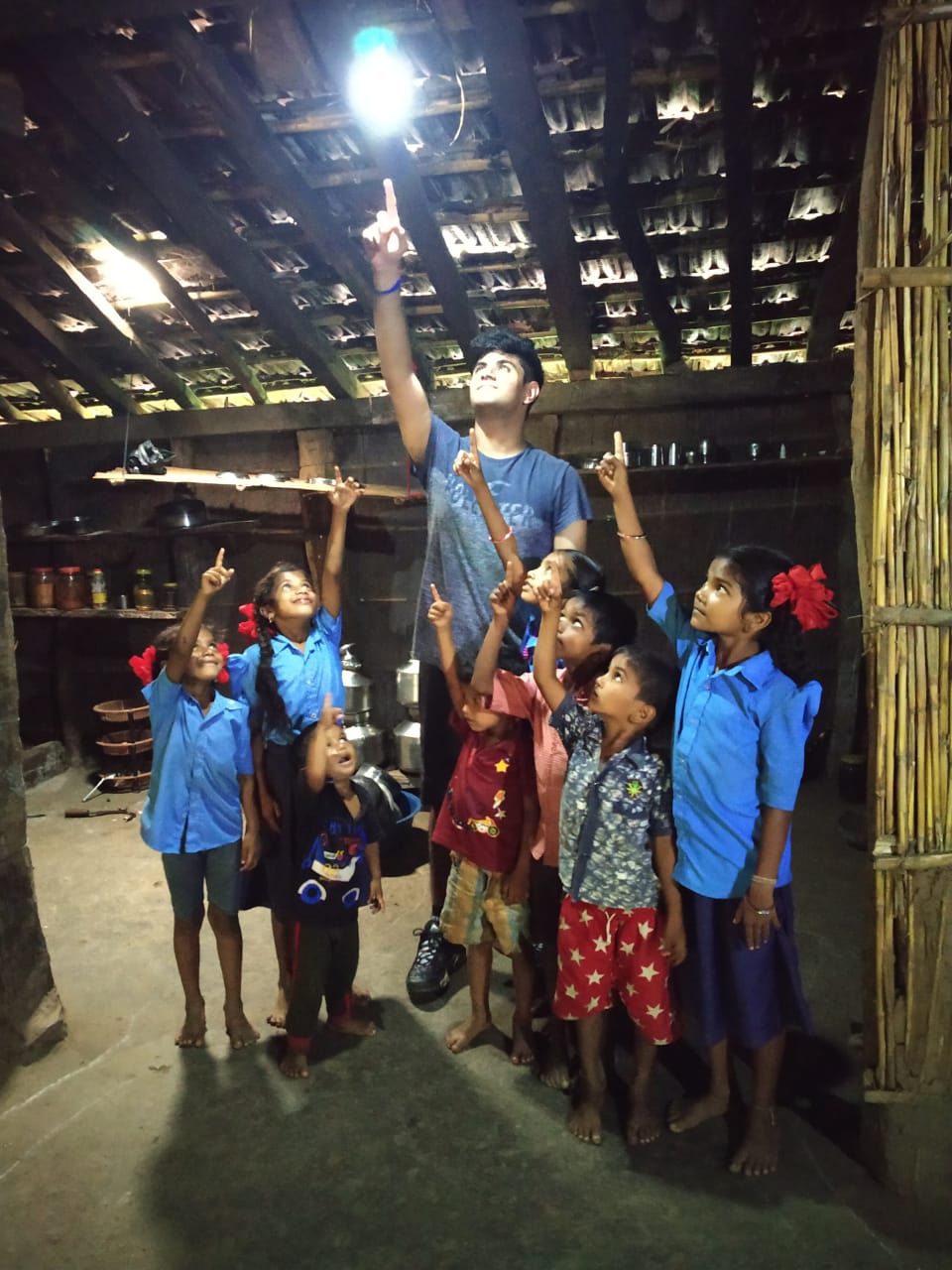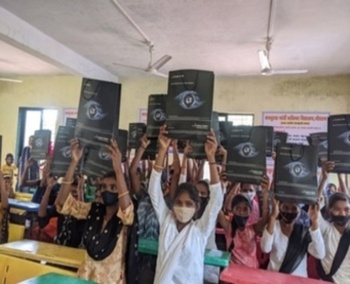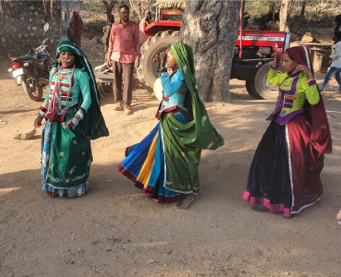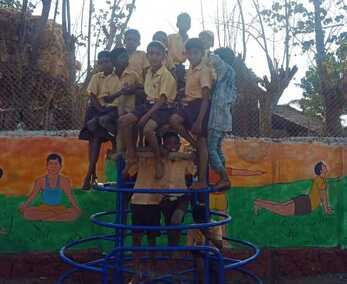From Darkness to Opportunity: Inside Our Community Electrification Projects
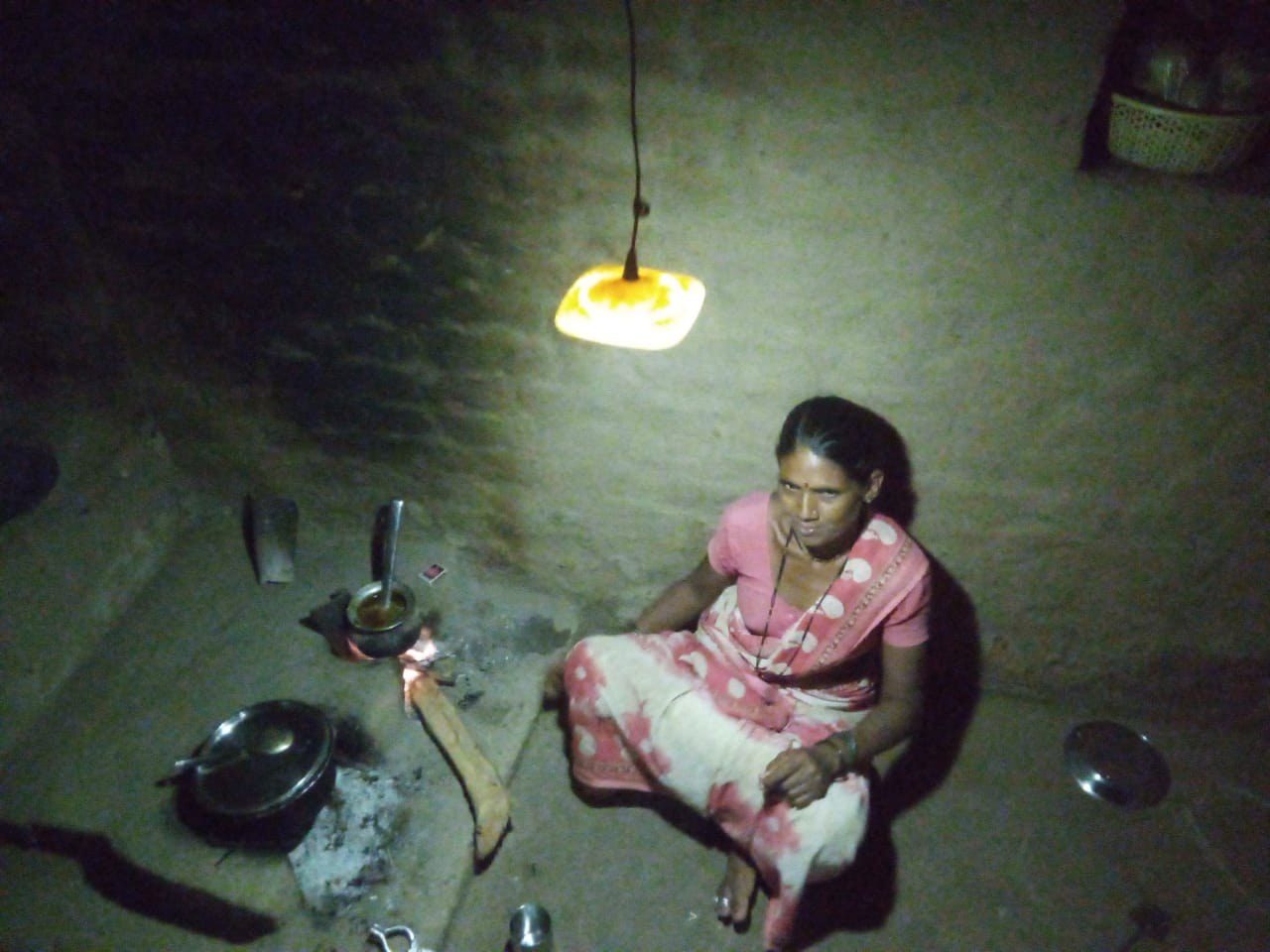
Light is a mundane part of everyday life for many of us: we just flick a switch. Yet, the reality is different in rural villages all across India. For families without electricity, work is done with a flickering lantern or just a candle as evening falls. Tasks get difficult, safety becomes a concern, and children lose out on a large part of their evening hours to learn and play.
At Project Chirag, we are changing that story. Our Community Electrification Program alters lives through light, hope, and opportunity. Our NGO for rural development is using solar energy to illuminate homes, schools, and streets in rural communities, and the results have been transformative.
The impact of electrification on rural communities goes far beyond just lighting. Let’s take a closer look at how the power of the sun is helping us brighten futures in rural India.
What is the Rural Electrification Program?
What is electrification? To put it simply, it is the process of providing electric power to places that previously lacked it. But when we talk about the context of community electrification, it is so much more than that.
Our Community Electrification Program uses solar energy to bring light to homes, schools, streets, and farmers in off-grid villages. Through the implementation of low-cost, sustainable solar-powered lights, the program provides communities with more stable access to electricity. This is more than just providing households with light; it is providing power to people, reducing carbon lighting emissions, and generating social and economic impact.
Stories of Change: The Impact of Electrification on Rural Communities
The impact of electrification on underserved communities is truly profound, as seen in the inspiring stories from villages like Suksale and Kalakrai.
Because Suksale is in the Palghar district and has no perennial water source, farmers relied exclusively on rain-fed agriculture. Solar home electrification, together with lift irrigation and water filtration, made a difference. Let’s look at some of them:
➔ Farmers now irrigate crops more effectively to access economic development and reduce their migration.
➔ Women, once burdened with finding water, now have time for work and education.
➔ Solar-powered anganwadis and homes provide safer, healthier environments for families.
➔ The village saw improved food security, better nutrition, and stronger community bonds.
Kalakrai, once a village of isolation 80 km from busy Pune, became stranded after Cyclone Nisarga trashed the power lines. With no access to the main road and only limited groundwater, villagers were forced to migrate to seek daily wage labour. But the development effects of electrification in this village were not only developmental, they were transformational:
➔ Solar power provided villagers with electrical energy in their houses and on the streets. ➔ Schools and anganwadis transformed into e-learning centres.
➔ Novel solar filtration systems for drinking water were installed.
➔ Access to irrigation water provided farmers the opportunity to cultivate their lands again.
Most interestingly, this was a rural transformation project – done almost entirely without paid labour. This case was truly a textbook example of the benefits of community effort.
To date, Project Chirag has impacted 172,356 lives, lit 24,788 homes, and changed 821 villages across India, and not just through electrification! We have also had the tree plantation drive, the Adopt an Anganwadi program, and other integrated development initiatives, all aiming for the same positive change for rural communities. The magnitude of this change demonstrates that while we bring light, we also bring opportunity, dignity, and hope to those who need it the most.
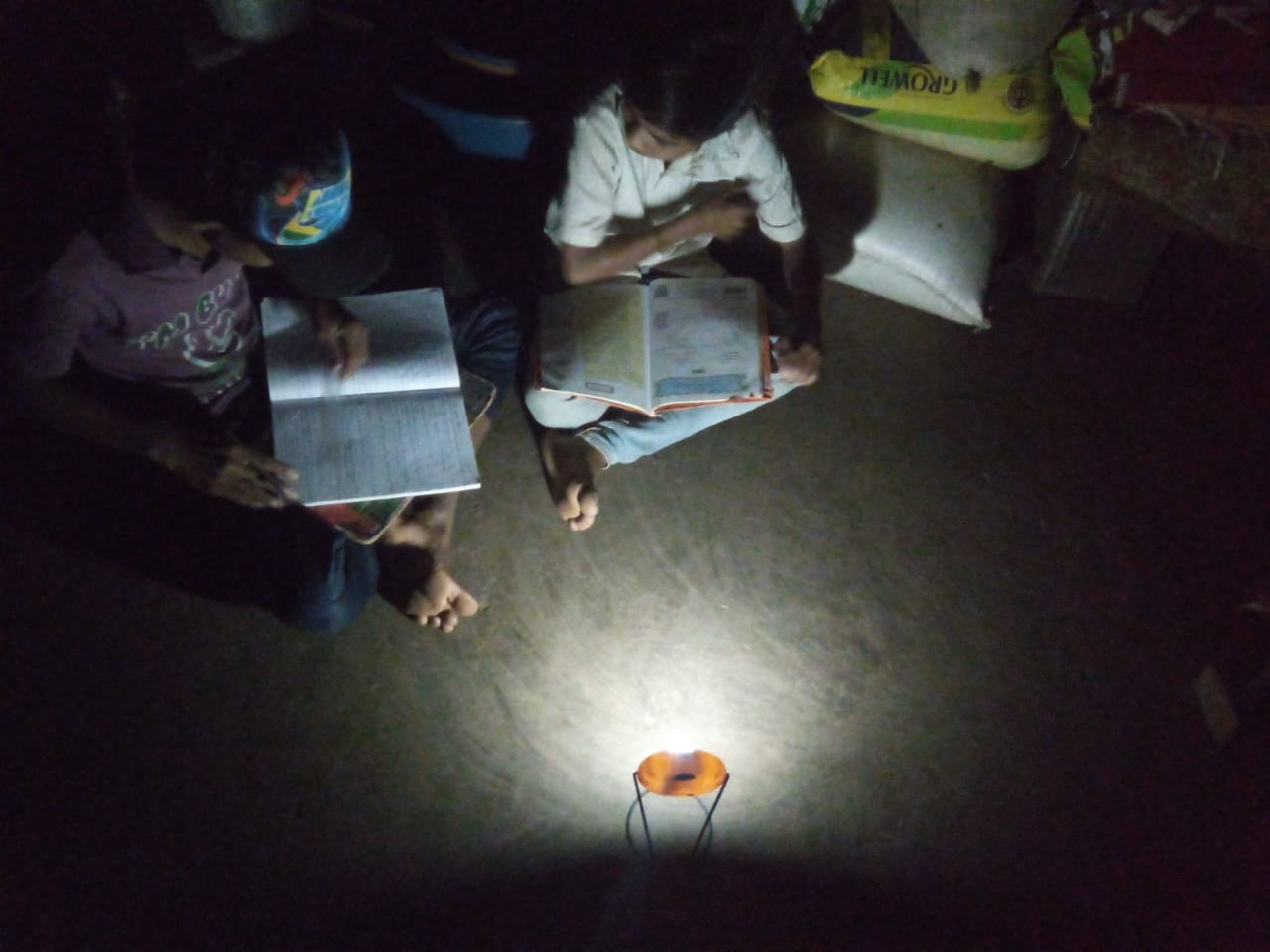
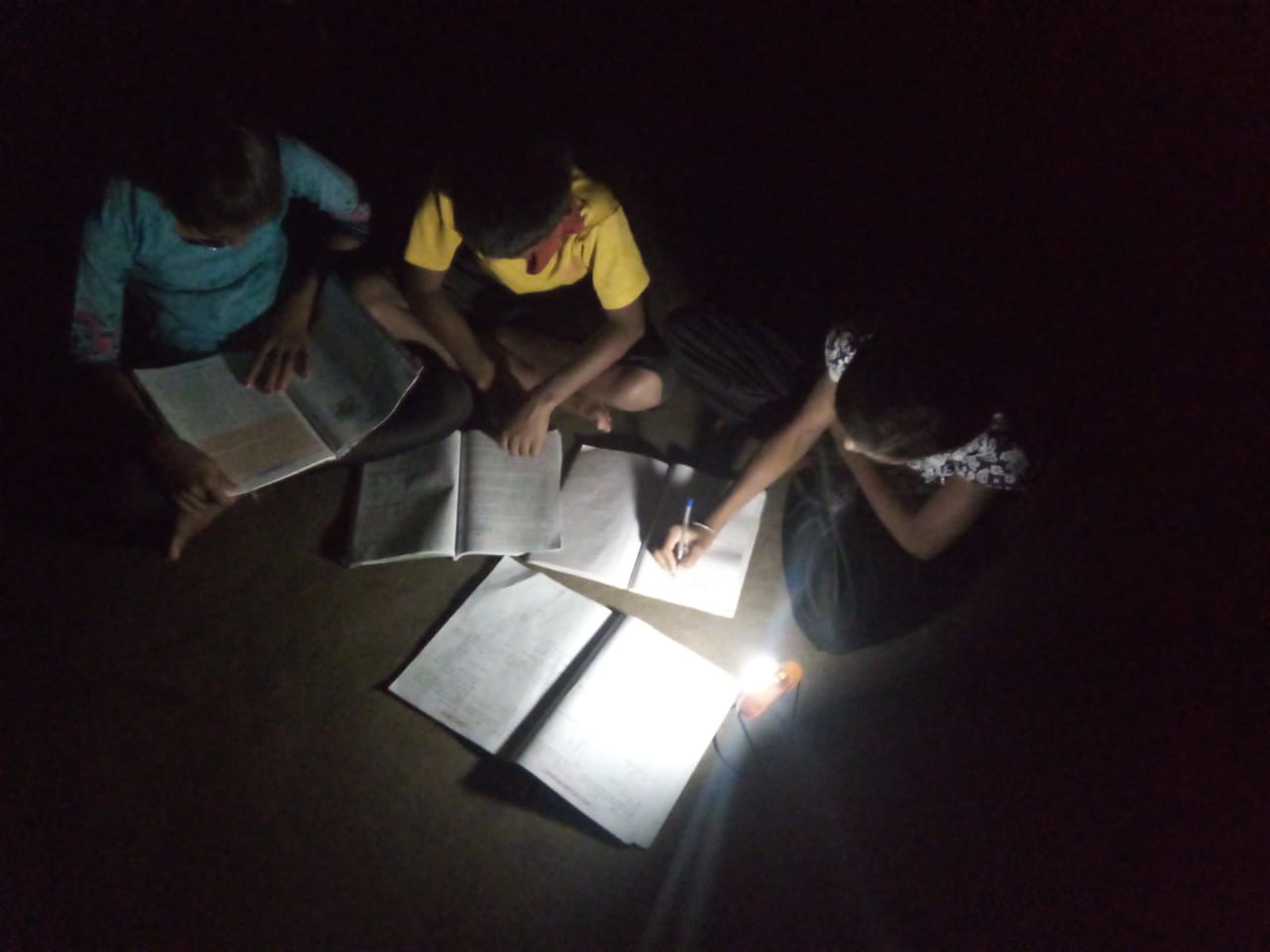
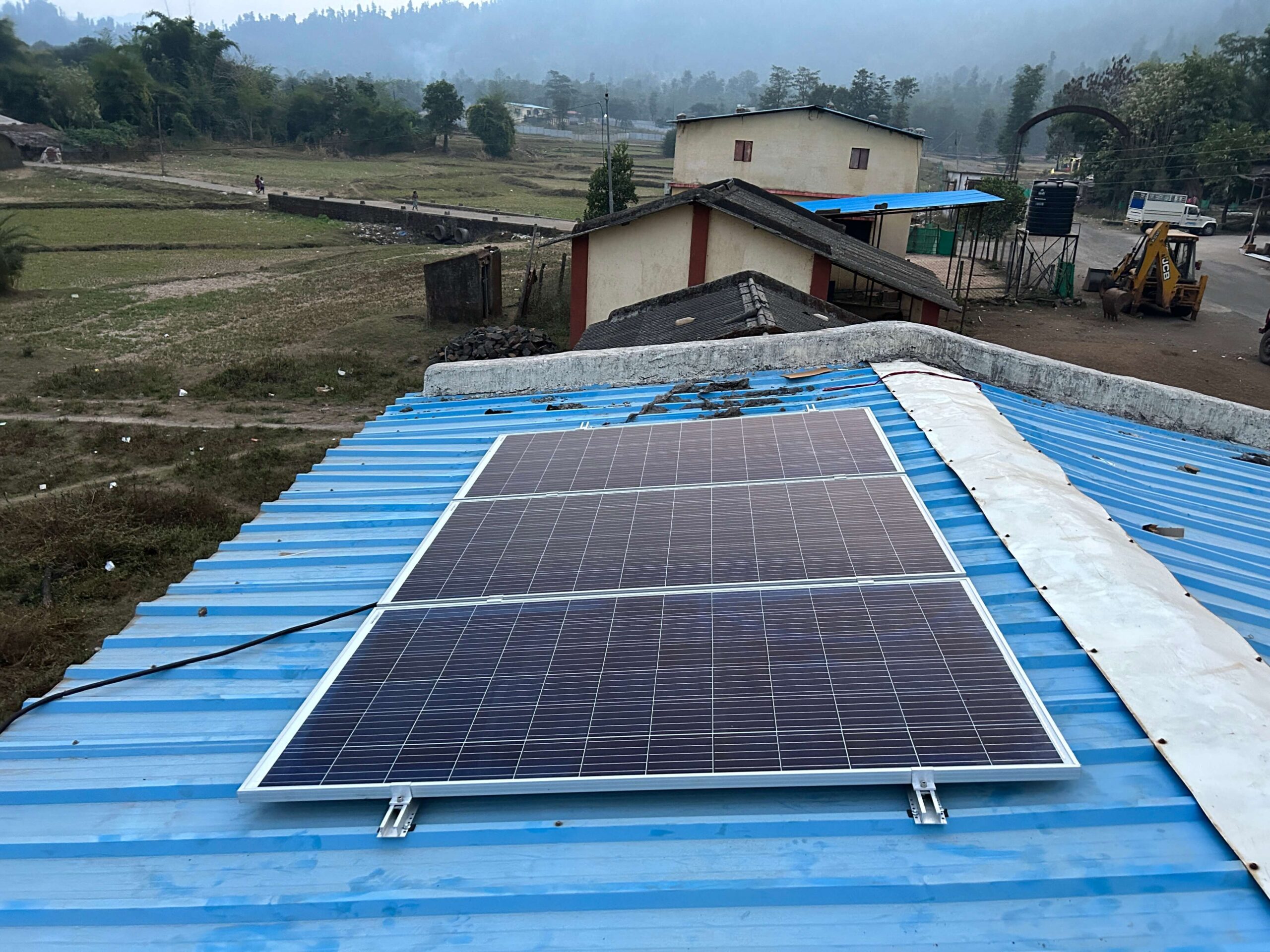
The Benefits of Rural Electrification
The benefits of rural electrification extend way beyond illumination. They stretch out into every element of life within these rural communities.
➔ Education: Thanks to electricity in schools and homes, children can study in the evenings, schools can use technology as part of their curriculum, and digital learning resources are now available.
➔ Health: Solar filtration provides clean drinking water and reduction of diseases, and lighting provides safety to the mother and child during childbirth and emergencies.
➔ Agriculture: Solar lifts powered by irrigation allow farms to increase yield and construct additional food security.
➔ Safety: Improved street lighting improves safety by mitigating the risk of accidents and improves the safety of women and children.
➔ Community Resilience: Solar projects enhance communities through shared decision-making, and the residents of the village collectively construct, maintain and expand their systems.
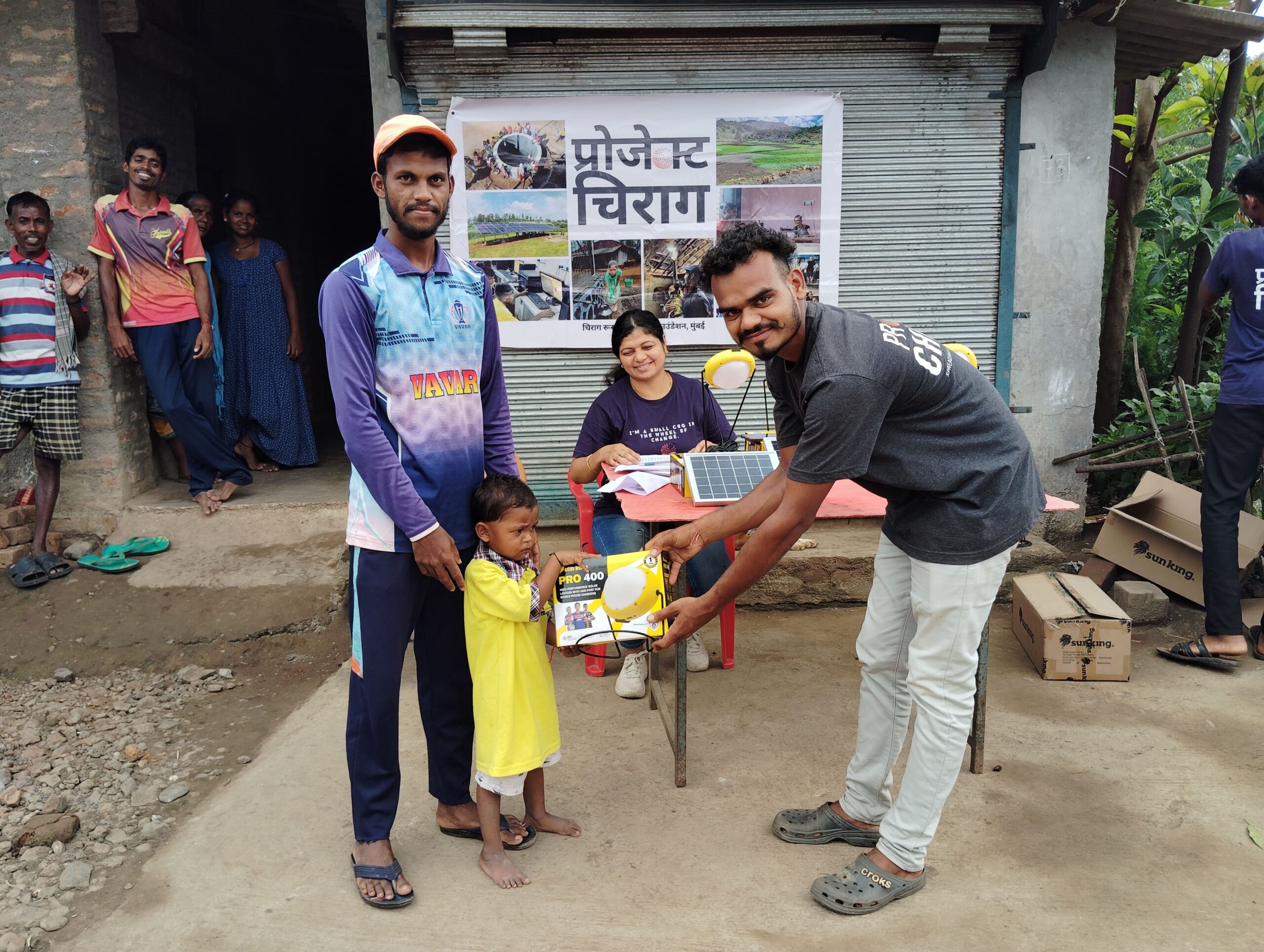
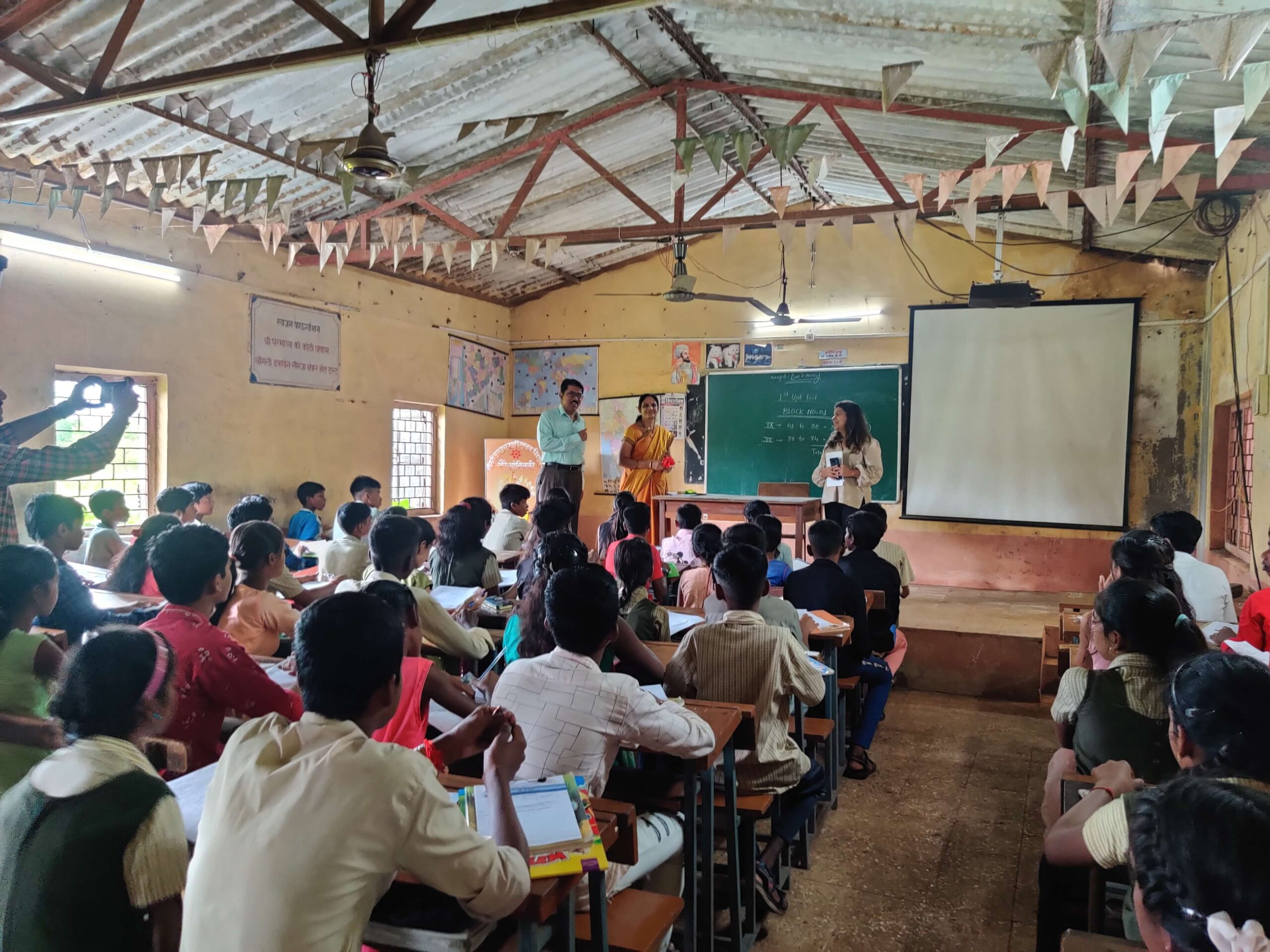
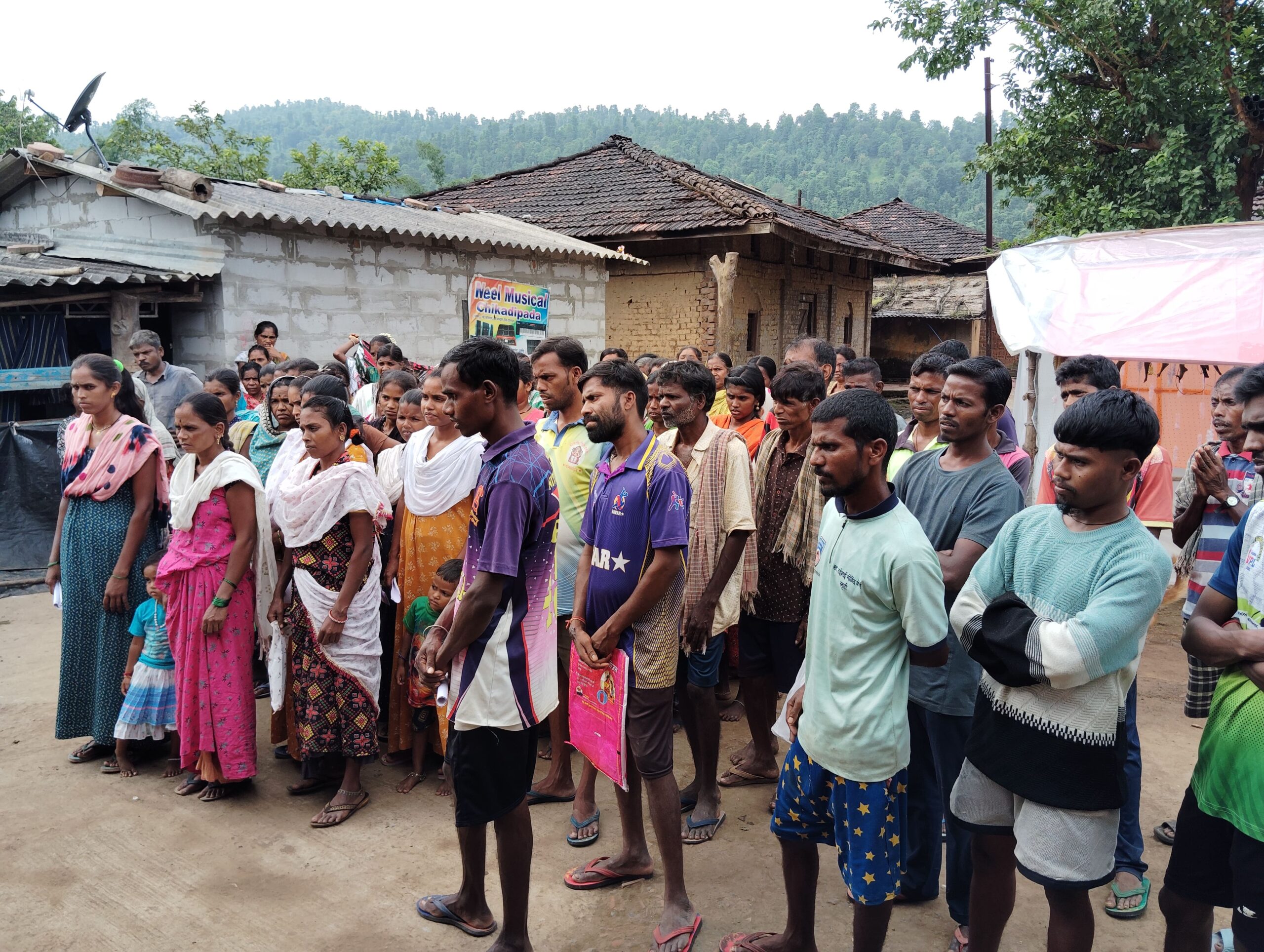
Join Project Chirag in Lighting Up Lives With Electrification Programs- One Village At A Time!
Think of the thrill of a young one reading under a solar lamp, a mother not traveling miles for water, and a farmer getting a better crop because of a dependable irrigation system. Those are the daily miracles that rural electrification provides.
At Project Chirag, we don’t just believe that light is a utility – we believe it is a right. Together, we can provide the fruits of rural electrification to thousands of villages in India.
If you’d like to be part of this journey, explore ways to support a project, make a donation for rural development or simply share this message. Your small act can ignite a revolution of light and hope in rural India.
